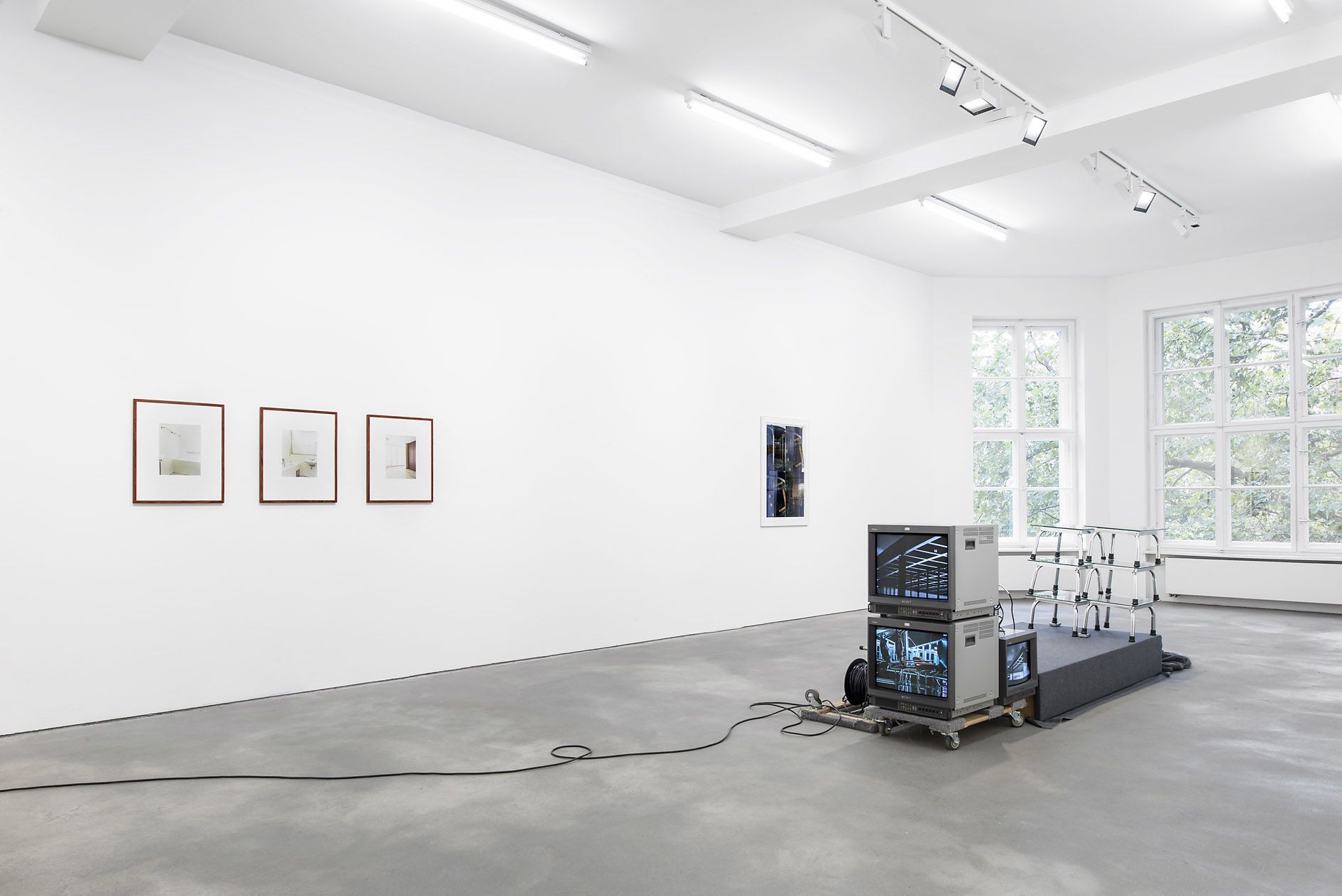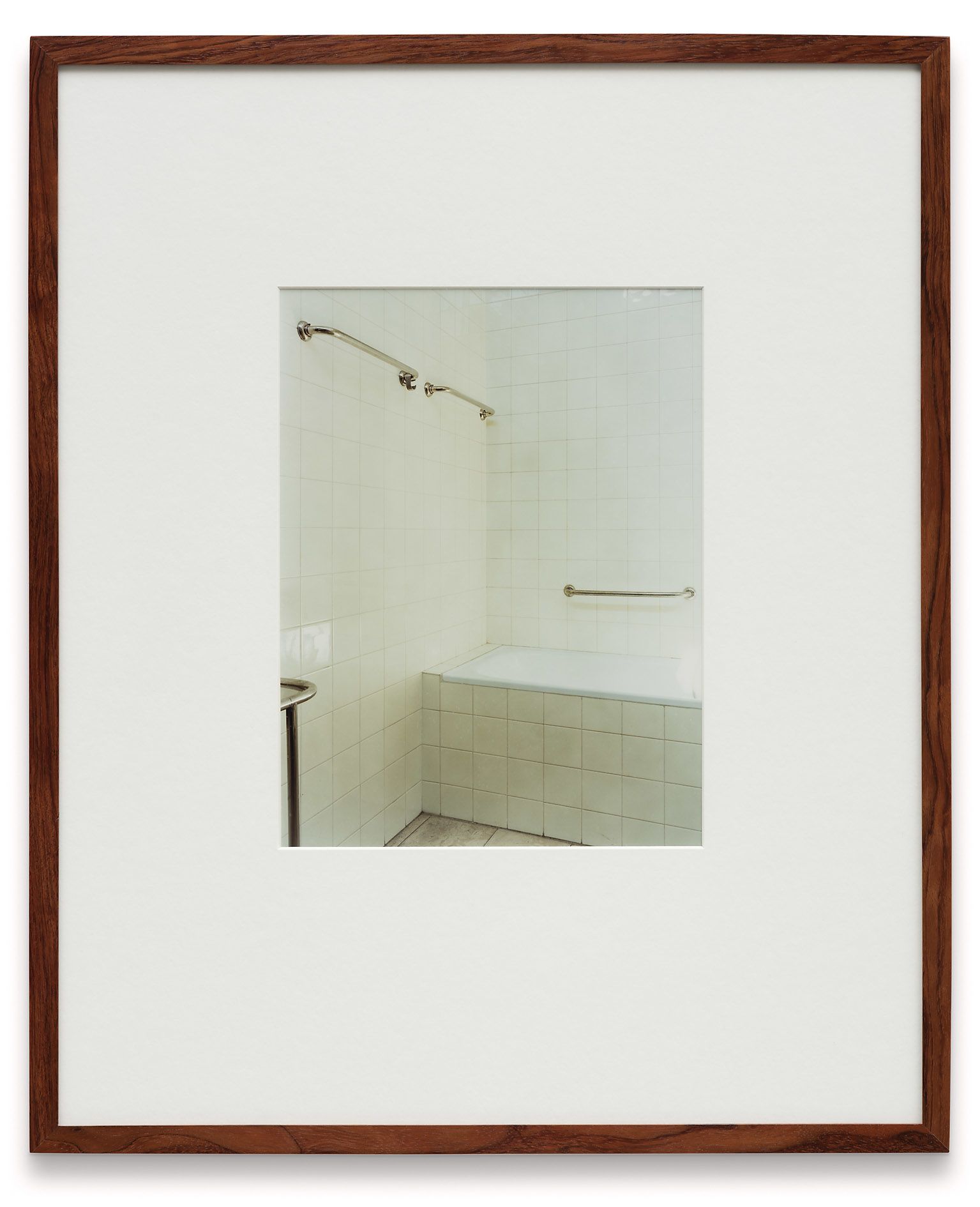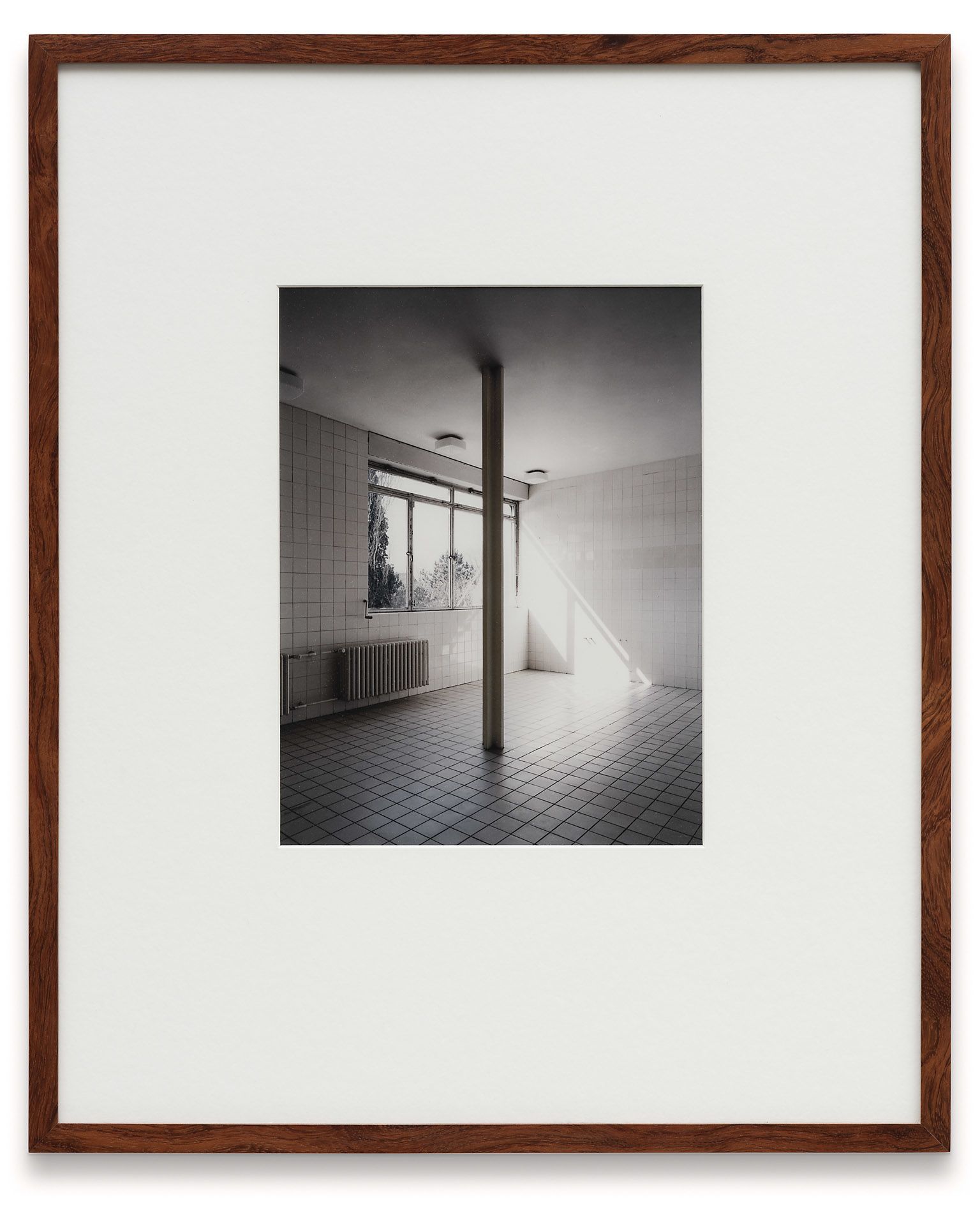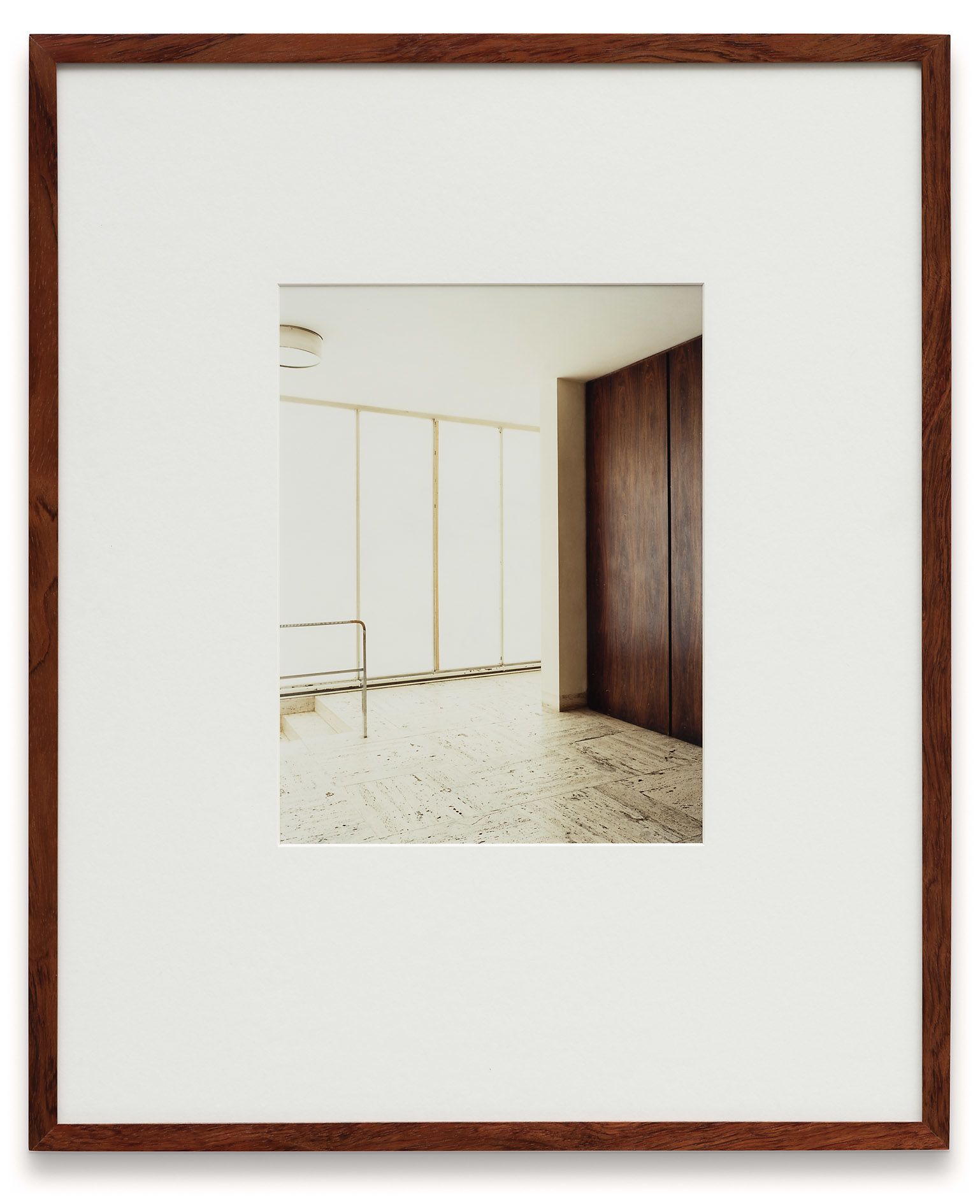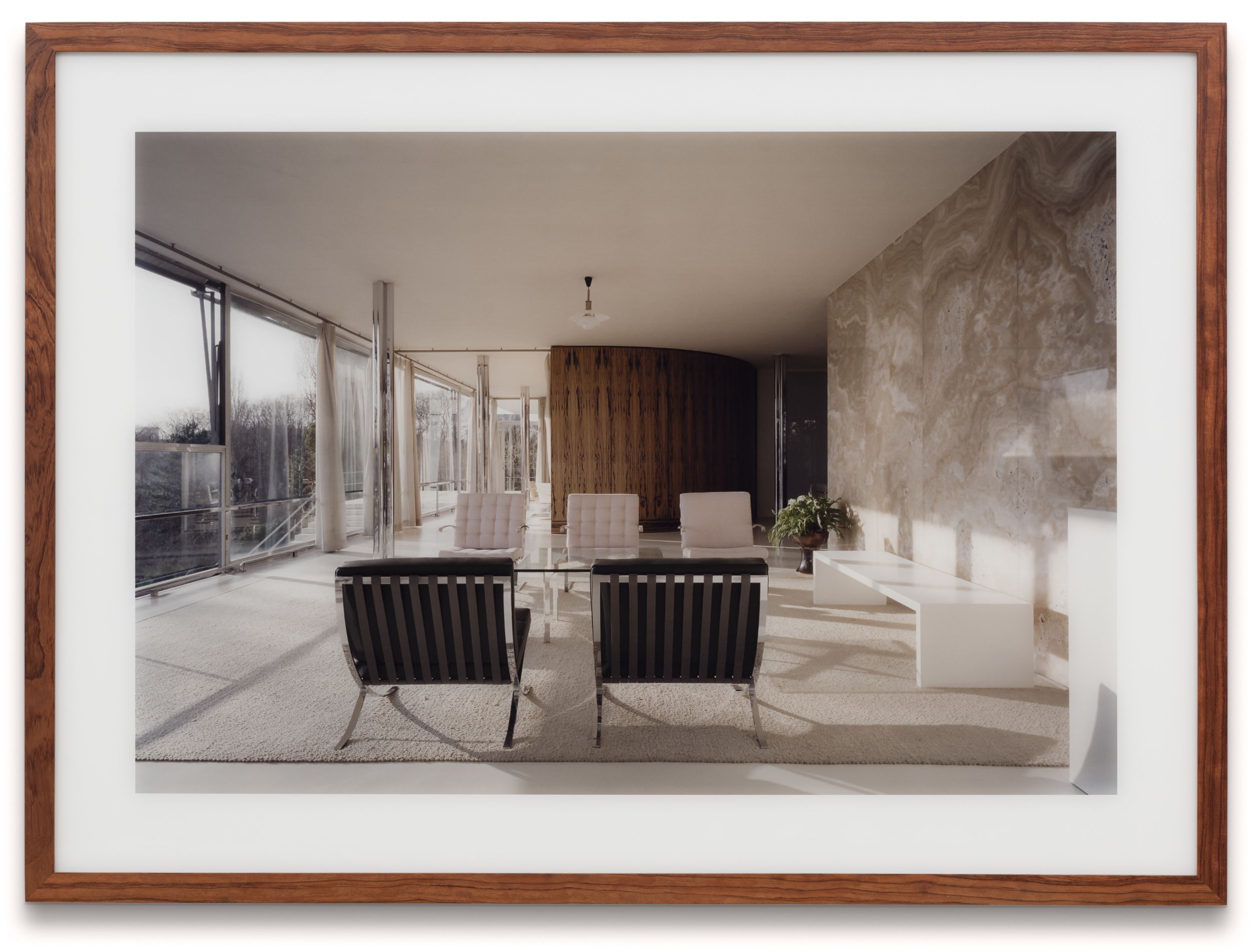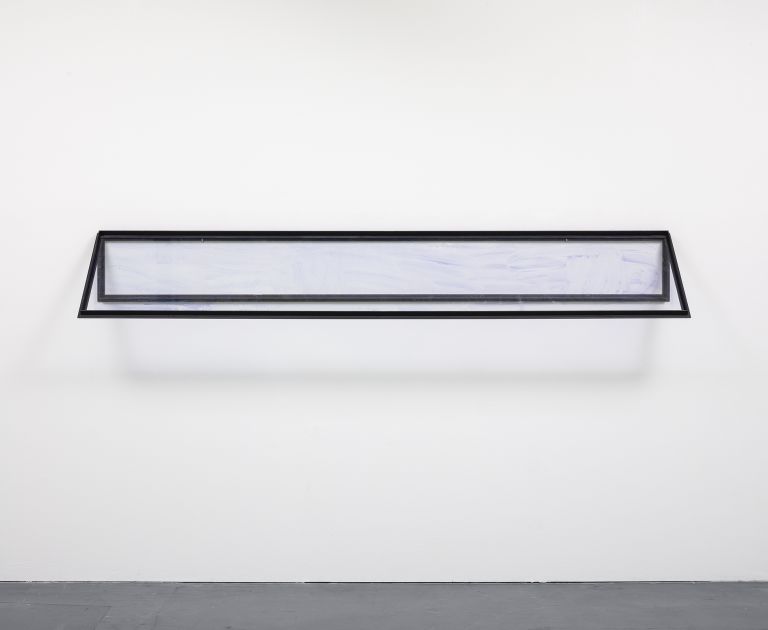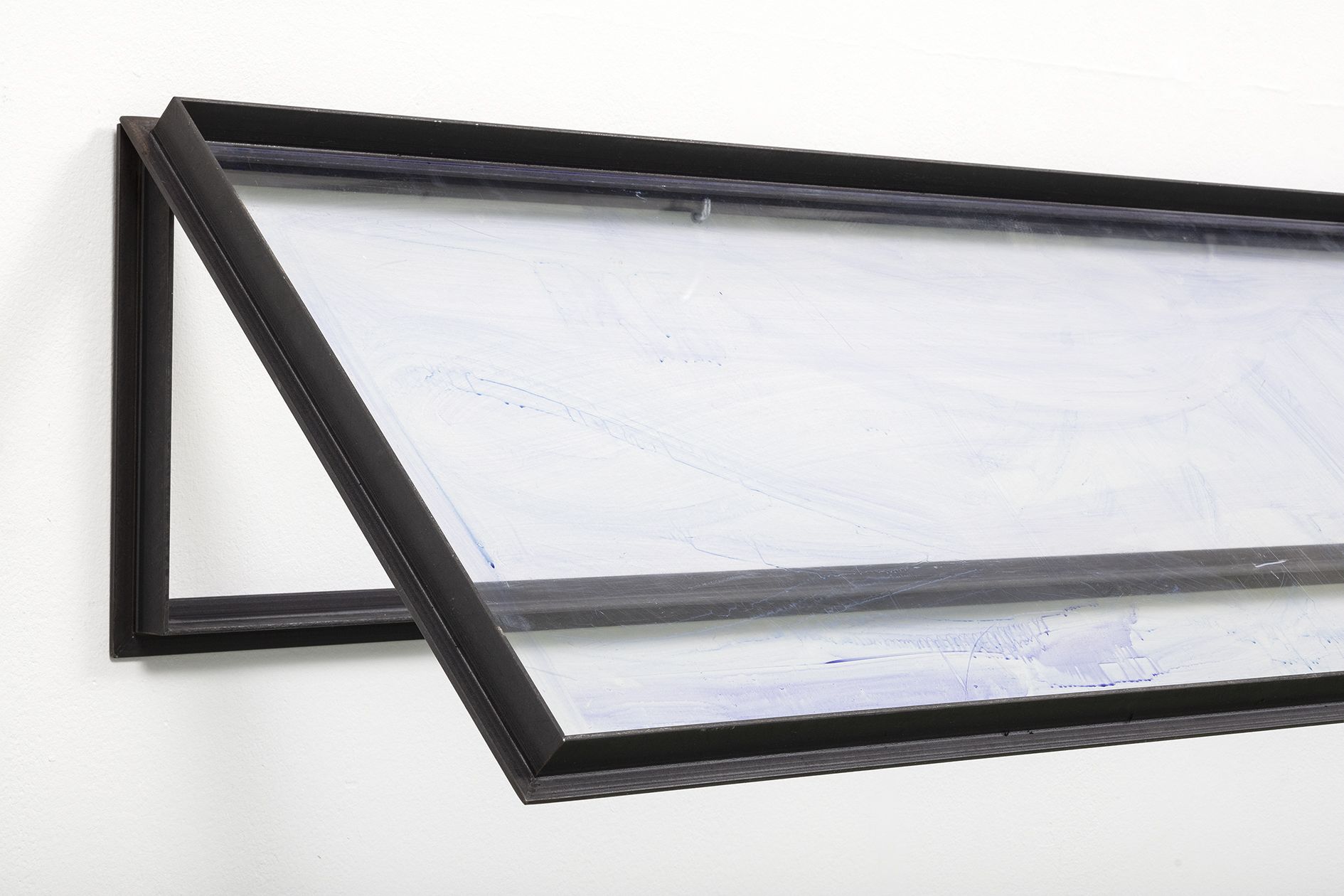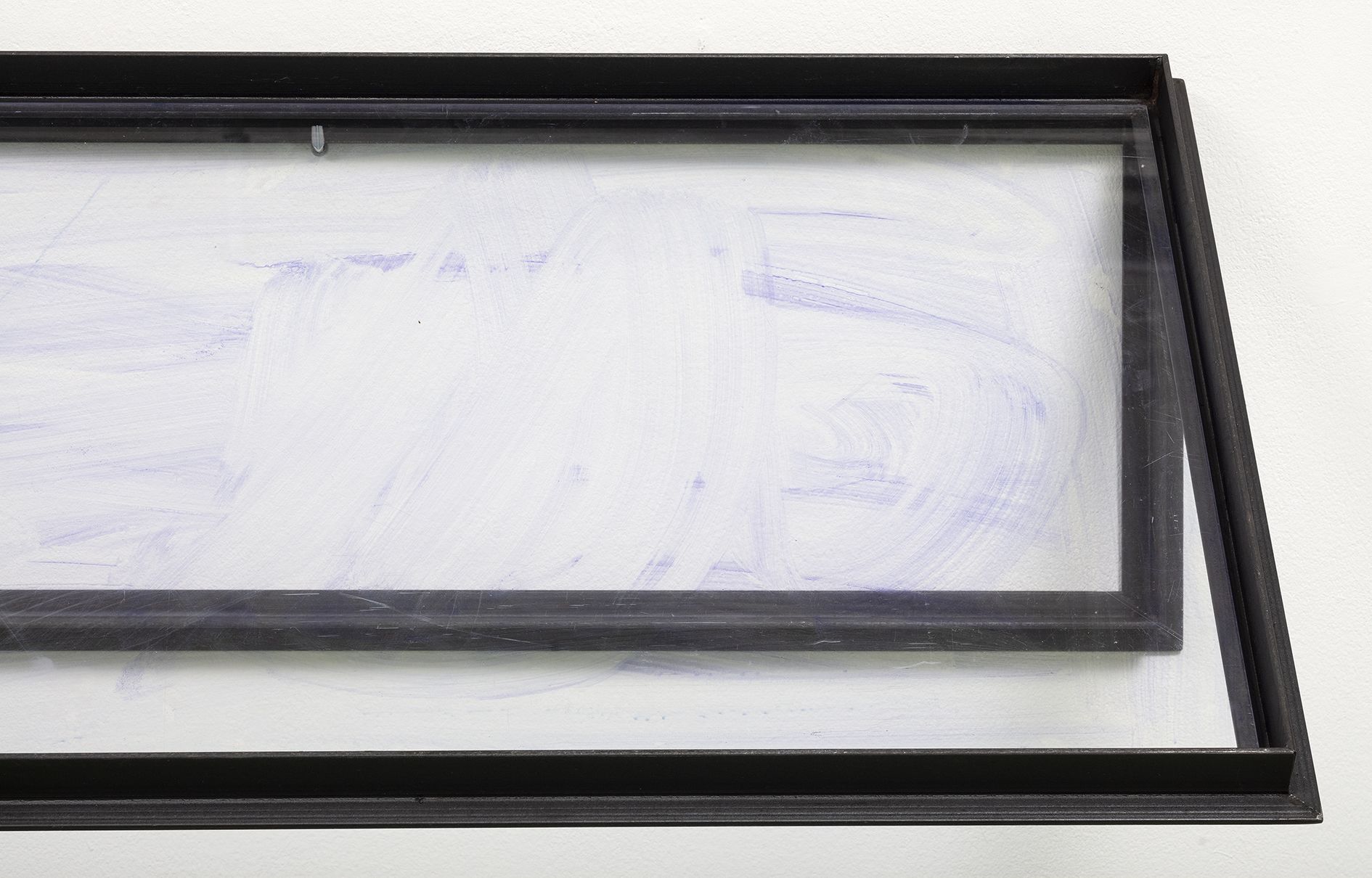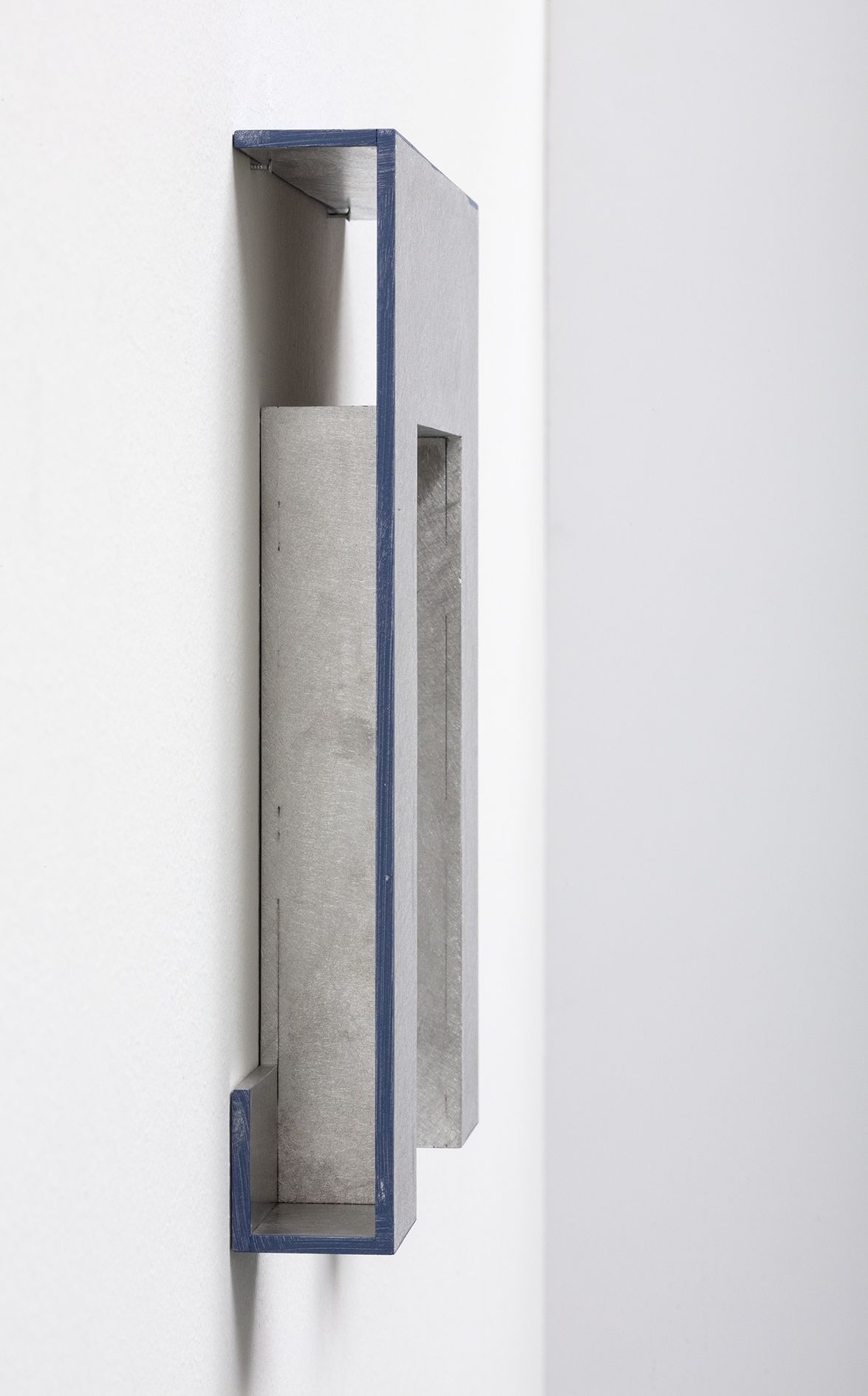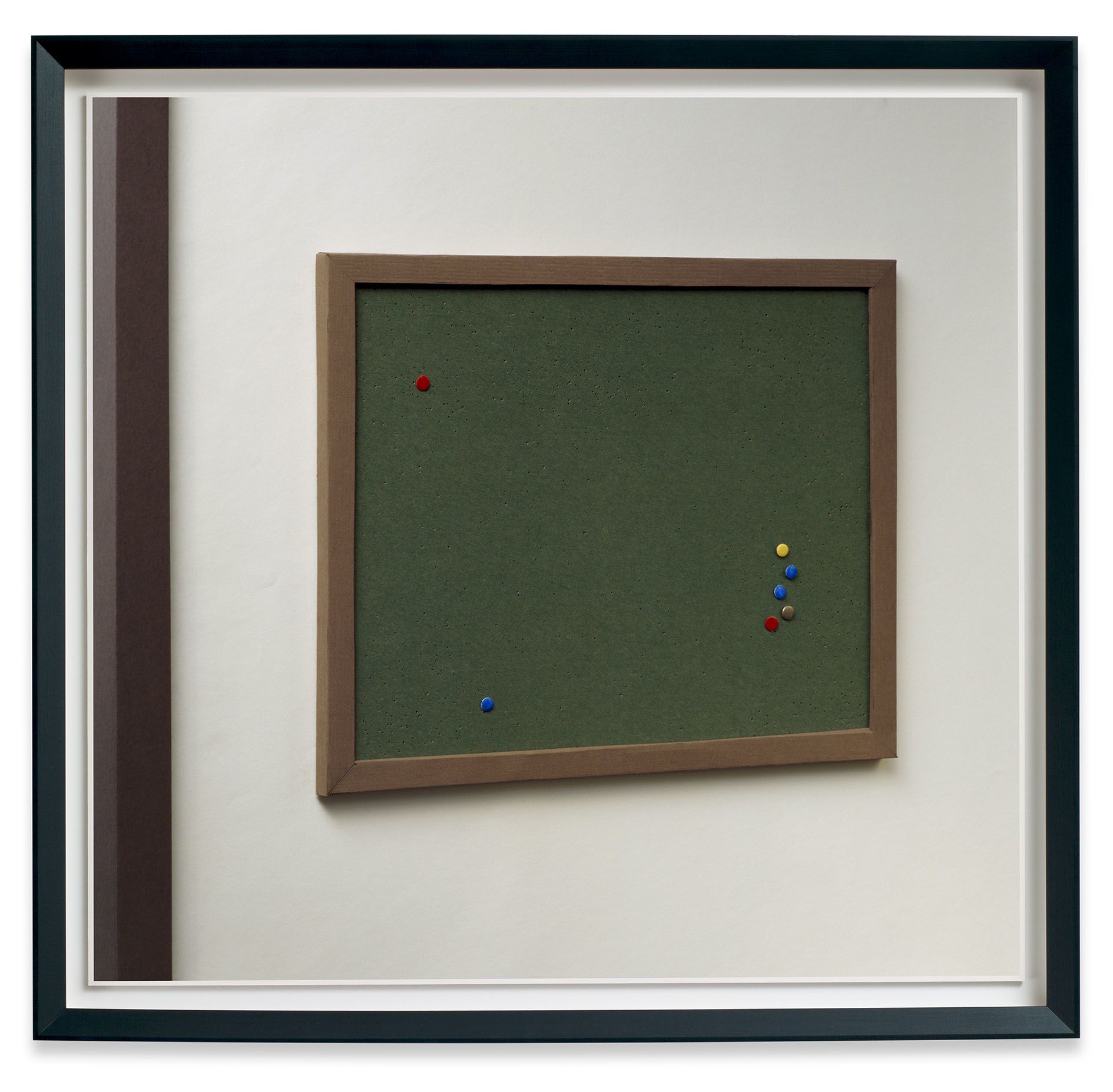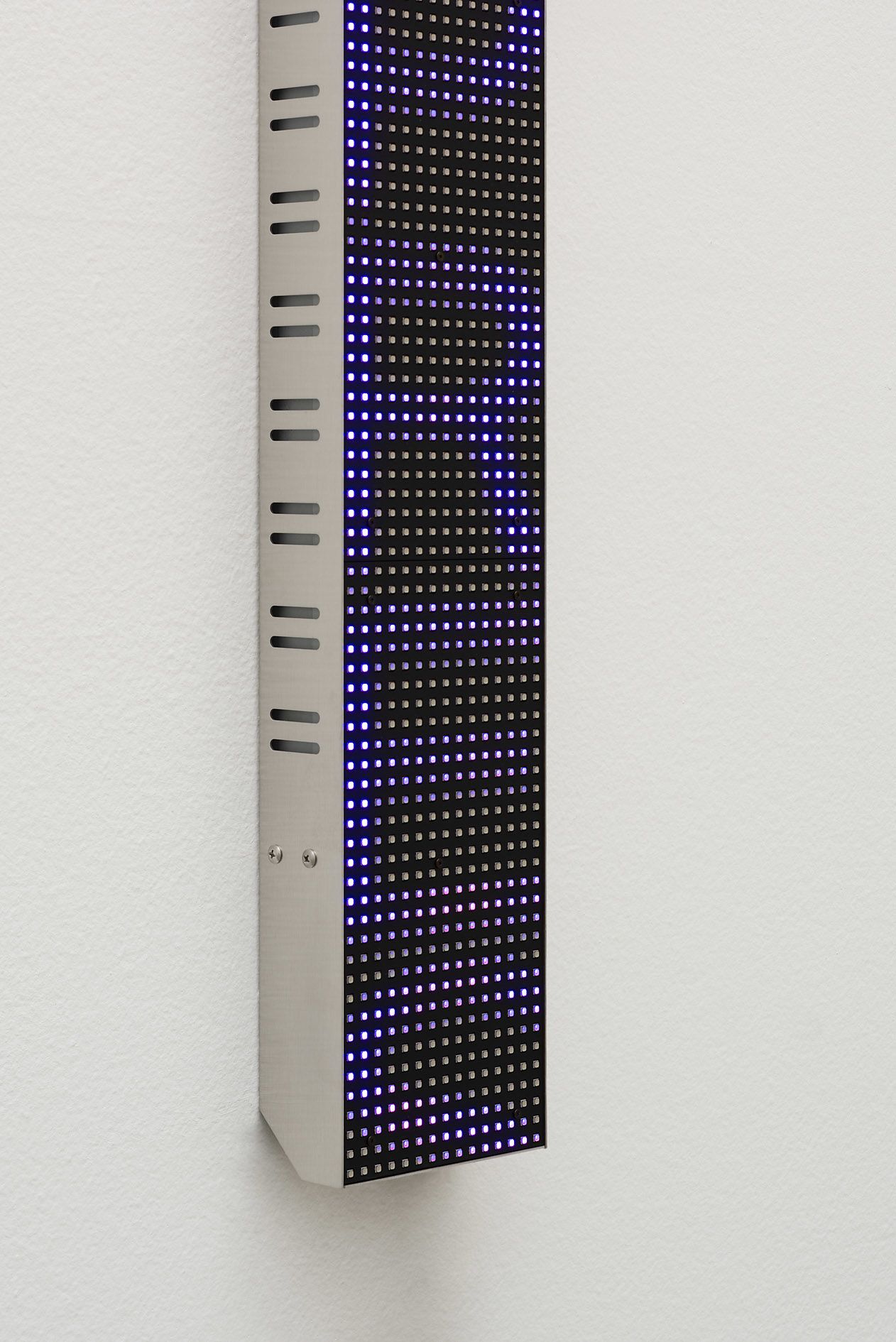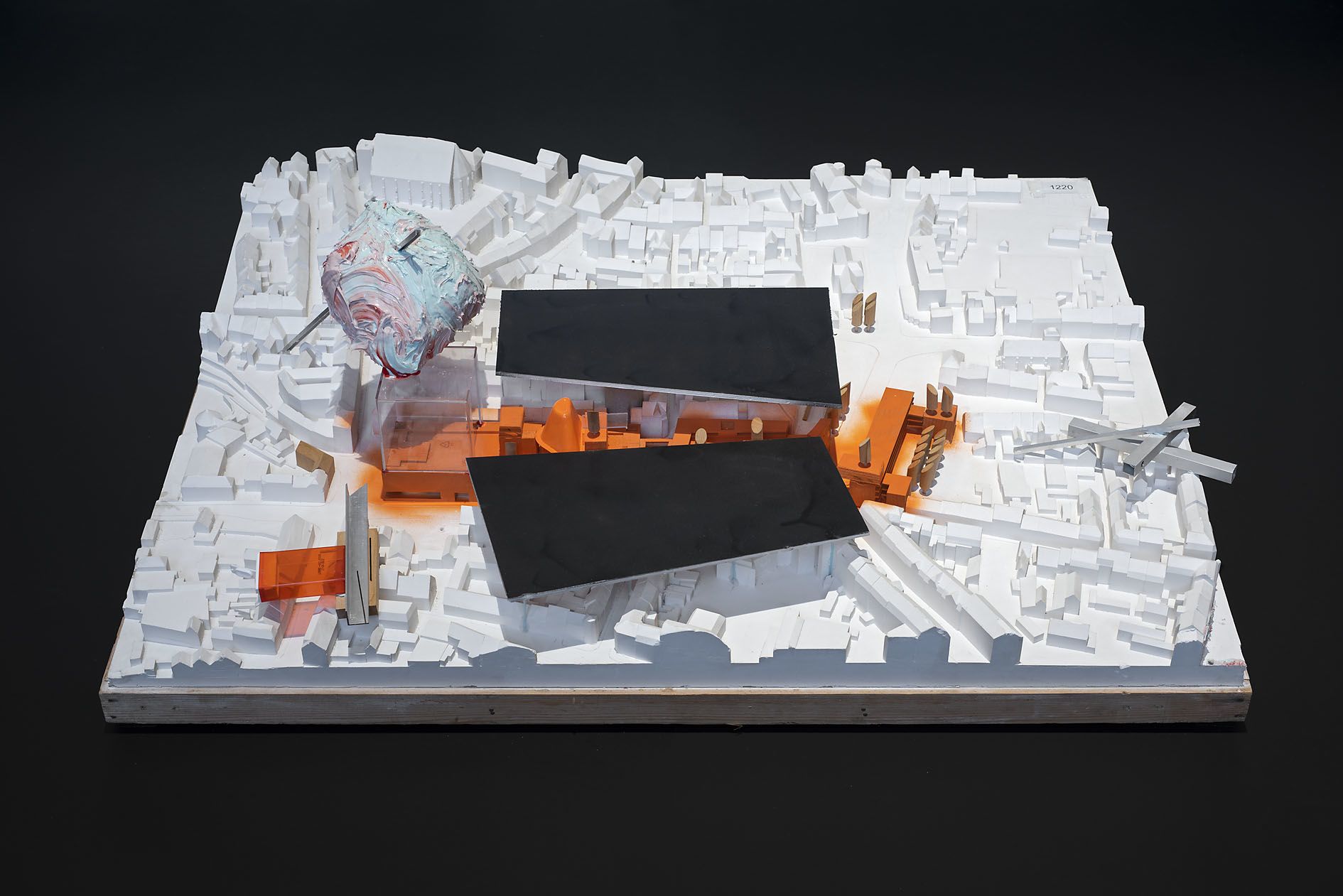On the occasion of the reopening of Neue Nationalgalerie in Berlin, Sprüth Magers takes part in SUNDAY OPEN featuring Mies in Mind, an exhibition parcours organized by INDEX Berlin. Held August 20–September 4, 2021, the group exhibition pays tribute to architect Ludwig Mies van der Rohe. Works on view include those by John Bock, Thomas Demand, Thea Djordjadze, Jenny Holzer, Reinhard Mucha, Otto Piene, Thomas Ruff, and Thomas Scheibitz.

Thomas Ruff
h.t.b.13, 1999
C-print
29 × 21.5 cm
11 3/8 × 8 1/2 inches
